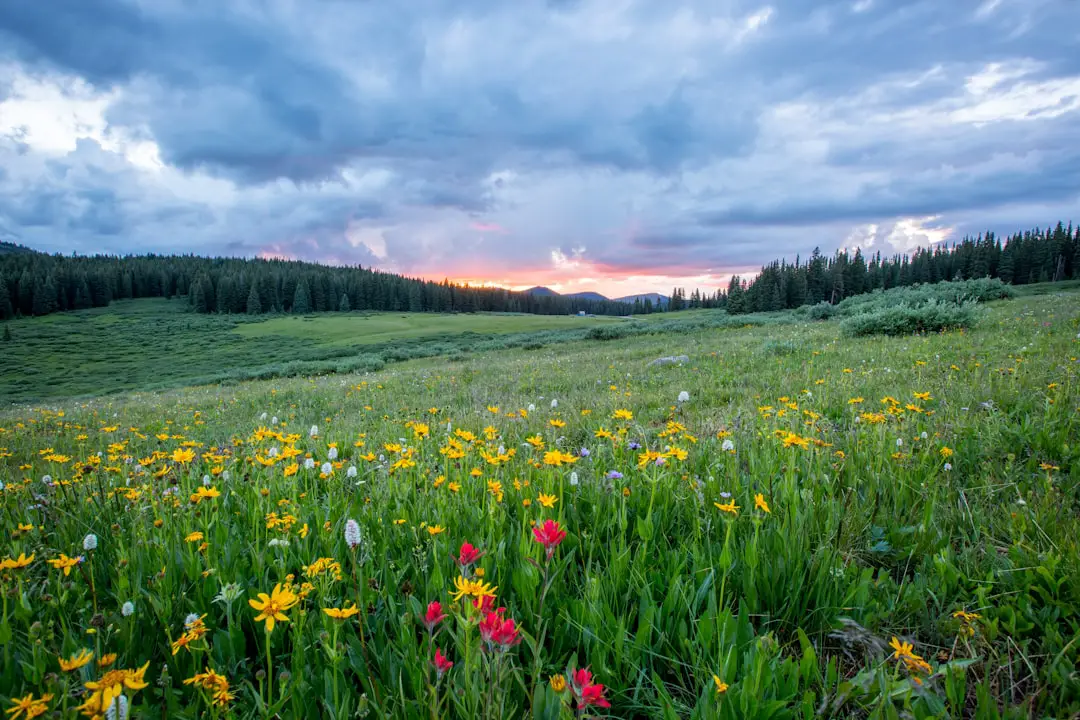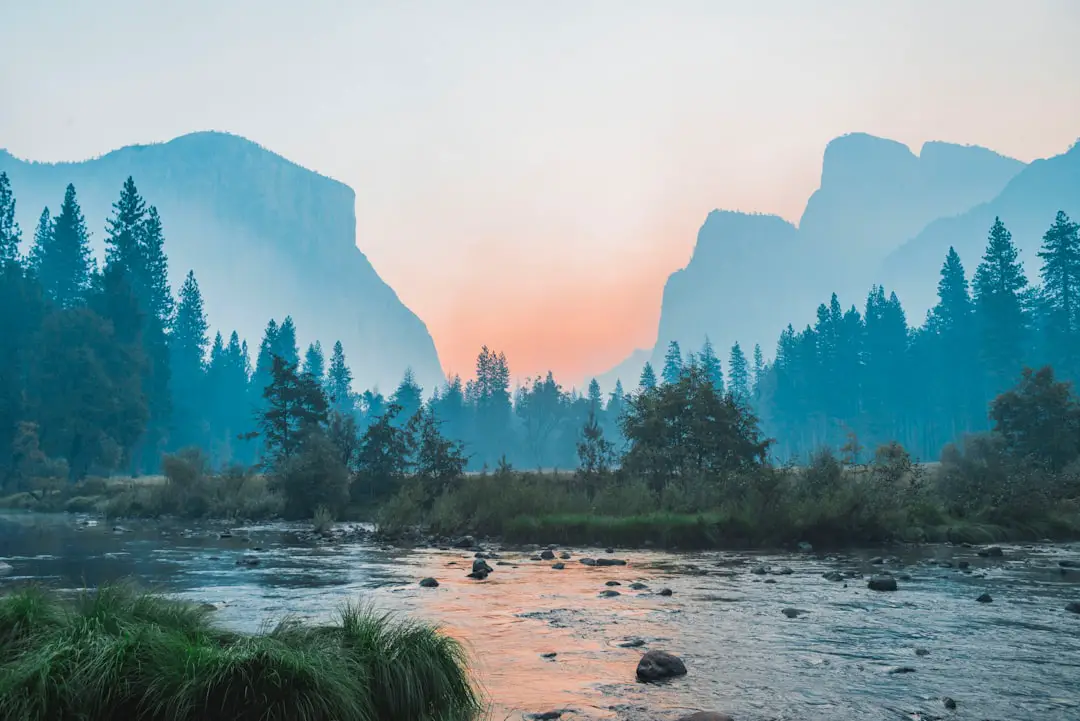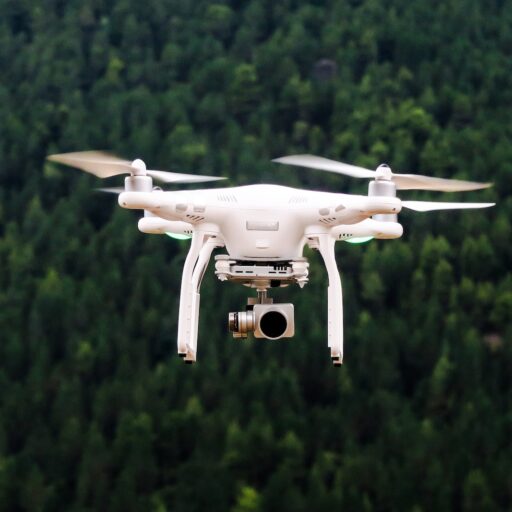Support our educational content for free when you purchase through links on our site. Learn more
Where Can I Fly My Drone? 10 Exciting Locations Revealed! 🚁
Are you itching to take your drone for a spin but unsure where you can legally fly it? You’re not alone! Many drone enthusiasts find themselves asking, “Where can I fly my drone?” The answer can vary widely depending on local regulations, airspace restrictions, and even weather conditions. In this article, we’ll uncover 10 fantastic locations where you can safely and legally fly your drone, ensuring you capture breathtaking aerial views while staying compliant with the law.
Did you know that over 1 million recreational drone users are in the U.S. alone? With the drone industry projected to reach $13.4 billion by 2025, it’s no wonder more people are looking to explore the skies. So whether you’re a seasoned pilot or just starting, buckle up as we guide you through the best spots to unleash your aerial creativity!
Key Takeaways
- Know the Regulations: Always check local laws and regulations before flying your drone.
- Top Locations: Explore 10 exciting places to fly your drone, including national parks and urban areas.
- Safety First: Keep your drone in sight and respect people’s privacy while flying.
- Useful Apps: Utilize apps like OpenSky to navigate airspace restrictions and stay informed.
- Invest in Quality Gear: Consider brands like DJI for reliable drones that enhance your flying experience.
👉 CHECK PRICE on:
Table of Contents
- Quick Tips and Facts
- Understanding Drone Flight Regulations
- Top 10 Places Where You Can Fly Your Drone
- Local Laws and Restrictions: What You Need to Know
- Navigating the FAA UAS Facility Maps
- How to Use FAA UAS Facility Maps Effectively
- The Best Apps for Drone Flyers: Stay Informed!
- Drone Safety Tips: Fly Responsibly
- Drone Insurance: Is It Worth It?
- Exploring Drone Photography Locations
- Common Drone Flying Mistakes to Avoid
- You Have Successfully Subscribed!
- Conclusion
- Recommended Links
- FAQ
- Reference Links
Quick Tips and Facts
As drone pilots at Drone Brands™, specializing in Aerial Adventures with Drones 🚁, we’ve compiled some essential tips and facts to get you started. Check out our article on 15 Exciting Drone Business Ideas to Launch in 2025 🚀 for more insights. Before you take to the skies, remember to:
- Always check the weather forecast 🌞
- Ensure you have the necessary permissions and licenses 📝
- Respect people’s privacy and follow local regulations 🕵️♂️
- Keep your drone in sight and avoid flying over crowds 🚫
Key Statistics
Here are some interesting statistics about drone usage:
| Category | Statistic |
|---|---|
| Recreational drone users | Over 1 million in the US alone 🎉 |
| Commercial drone applications | Expected to reach $13.4 billion by 2025 📈 |
| Drone-related jobs | Projected to increase by 34% in the next 5 years 💼 |
Understanding Drone Flight Regulations
Understanding drone flight regulations is crucial to ensure safe and responsible flying. The Federal Aviation Administration (FAA) provides guidelines for drone pilots, including FAA UAS Facility Maps (UASFMS) and LAANC authorizations. For more information on drone laws and regulations, visit our Drone Laws and Regulations page.
Regulation Comparison
Here’s a comparison of drone regulations in different countries:
| Country | Regulation |
|---|---|
| US | FAA Part 107 |
| UK | CAA Drone Code |
| Australia | CASA Drone Regulations |
Top 10 Places Where You Can Fly Your Drone
Here are the top 10 places where you can fly your drone:
- National Parks: Many national parks allow drone flying, but be sure to check the specific regulations 🏞️
- Beaches: Beaches are a great place to fly your drone, but be mindful of crowds and privacy 🏖️
- Mountains: Mountains offer breathtaking scenery and plenty of space to fly 🏔️
- Lakes: Lakes are a great place to fly your drone, but be sure to follow local regulations 🌊
- Deserts: Deserts offer a unique landscape and plenty of space to fly 🏜️
- Forests: Forests are a great place to fly your drone, but be mindful of wildlife and regulations 🌳
- Rural Areas: Rural areas offer plenty of space to fly and scenic views 🌾
- Urban Areas: Some urban areas allow drone flying, but be sure to follow local regulations 🏙️
- Parks: Many parks allow drone flying, but be sure to check the specific regulations 🏞️
- Reserves: Reserves are a great place to fly your drone, but be mindful of wildlife and regulations 🌿
Local Laws and Restrictions: What You Need to Know
Local laws and restrictions can vary greatly, so it’s essential to research the specific regulations in your area. Check out our Drone Business Opportunities page for more information on starting a drone business. Some things to consider:
- Noise restrictions: Be mindful of noise restrictions, especially in residential areas 🗣️
- Privacy laws: Respect people’s privacy and follow local regulations 🕵️♂️
- Airspace restrictions: Be aware of airspace restrictions, such as near airports or military bases 🚫
Navigating the FAA UAS Facility Maps
The FAA UAS Facility Maps are an essential tool for drone pilots. Here’s how to navigate them:
- Enter your location: Enter your location in the search bar 📍
- Check the grid: Check the grid to see if you are in a restricted area 🚫
- LAANC authorizations: Apply for LAANC authorizations if necessary 📝
FAA UAS Facility Maps Tips
Here are some tips for using the FAA UAS Facility Maps:
- Check for updates: Check for updates to the maps regularly 📆
- Use the satellite view: Use the satellite view to get a better understanding of the area 🛰️
- Check for restrictions: Check for restrictions, such as temporary flight restrictions (TFRs) 🚫
How to Use FAA UAS Facility Maps Effectively
To use the FAA UAS Facility Maps effectively, follow these steps:
- Plan your flight: Plan your flight in advance, taking into account any restrictions 📅
- Check the weather: Check the weather forecast and adjust your flight plan accordingly 🌞
- Follow regulations: Follow all regulations and guidelines 📝
FAA UAS Facility Maps Resources
Here are some resources to help you use the FAA UAS Facility Maps:
- FAA website: Visit the FAA website for more information 📚
- Drone apps: Use drone apps, such as OpenSky, to help you navigate the maps 📱
The Best Apps for Drone Flyers: Stay Informed!
There are many apps available to help drone flyers stay informed and navigate regulations. Some popular apps include:
- OpenSky: OpenSky is a great app for checking regulations and navigating the FAA UAS Facility Maps 📱
- Airmap: Airmap is a popular app for drone pilots, offering features such as flight planning and tracking 📈
- Kittyhawk: Kittyhawk is a comprehensive app for drone pilots, offering features such as flight planning and compliance 📊
App Comparison
Here’s a comparison of popular drone apps:
| App | Features |
|---|---|
| OpenSky | Regulation checking, FAA UAS Facility Maps navigation |
| Airmap | Flight planning, tracking, compliance |
| Kittyhawk | Flight planning, compliance, analytics |
Drone Safety Tips: Fly Responsibly
Drone safety is essential to ensure responsible flying. Here are some tips:
- Keep your drone in sight: Always keep your drone in sight, and be aware of your surroundings 🗣️
- Respect people’s privacy: Respect people’s privacy, and follow local regulations 🕵️♂️
- Follow regulations: Follow all regulations and guidelines 📝
Safety Resources
Here are some resources to help you fly safely:
- FAA website: Visit the FAA website for more information on drone safety 📚
- Drone safety guides: Check out our Drone Brand Guides for more information on drone safety 📖
Drone Insurance: Is It Worth It?
Drone insurance can provide peace of mind and protect you in case of an accident. Here are some things to consider:
- Liability coverage: Consider liability coverage to protect yourself in case of an accident 🤝
- Equipment coverage: Consider equipment coverage to protect your drone and accessories 📦
- Cost: Consider the cost of insurance and whether it’s worth it for your specific needs 📊
Insurance Comparison
Here’s a comparison of popular drone insurance providers:
| Provider | Features |
|---|---|
| DJII | Liability coverage, equipment coverage |
| Verifly | Liability coverage, equipment coverage |
| State Farm | Liability coverage, equipment coverage |
Exploring Drone Photography Locations
Drone photography can capture stunning images and videos. Here are some popular locations to consider:
- National Parks: National parks offer breathtaking scenery and plenty of space to fly 🏞️
- Beaches: Beaches are a great place to fly your drone, but be mindful of crowds and privacy 🏖️
- Mountains: Mountains offer unique landscapes and plenty of space to fly 🏔️
Photography Tips
Here are some tips for capturing stunning drone photos:
- Use a high-quality camera: Use a high-quality camera to capture sharp images 📸
- Pay attention to lighting: Pay attention to lighting, and adjust your settings accordingly 🌞
- Experiment with angles: Experiment with different angles and perspectives to capture unique shots 📊
Common Drone Flying Mistakes to Avoid
Here are some common mistakes to avoid when flying your drone:
- Not checking regulations: Not checking regulations and guidelines before flying 📝
- Not keeping your drone in sight: Not keeping your drone in sight, and losing control 🗣️
- Not respecting people’s privacy: Not respecting people’s privacy, and invading their space 🕵️♂️
Mistake Prevention
Here are some tips to prevent common mistakes:
- Plan your flight: Plan your flight in advance, taking into account any restrictions 📅
- Check the weather: Check the weather forecast and adjust your flight plan accordingly 🌞
- Follow regulations: Follow all regulations and guidelines 📝
You Have Successfully Subscribed!
Thanks for subscribing to our newsletter! 📣 As a subscriber, you’ll receive exclusive updates on drone news, tips, and promotions. Stay tuned for more exciting content! 🚀
👉 CHECK PRICE on:
- DJI Mavic Air 2 on Amazon | DJI Mavic Air 2 on Walmart | DJI Official Website
- DJI Mini 2 on Amazon | DJI Mini 2 on eBay | DJI Official Website
Conclusion

In conclusion, knowing where you can fly your drone is essential for a safe and enjoyable flying experience. From national parks to urban areas, there are numerous locations where you can unleash your aerial creativity. However, always remember to check local regulations and respect people’s privacy.
Summary of Positives and Negatives
If you’re considering investing in a drone, brands like DJI offer fantastic options such as the Mavic Air 2 and Mini 2. Here’s a quick recap of the positives and negatives:
Positives:
- High-quality cameras for stunning aerial photography 📸
- User-friendly interfaces that make flying easy for beginners
- Robust safety features to prevent accidents
Negatives:
- Pricey compared to other brands
- Limited battery life can restrict flight time
- Regulatory restrictions in certain areas
Overall, we confidently recommend DJI drones for both beginners and experienced pilots. They provide excellent performance, reliability, and a plethora of features that enhance your flying experience. So, whether you’re capturing breathtaking landscapes or shooting a commercial project, DJI has you covered! 🚀
Recommended Links
👉 CHECK PRICE on:
- DJI Mavic Air 2 on Amazon | DJI Mavic Air 2 on Walmart | DJI Official Website
- DJI Mini 2 on Amazon | DJI Mini 2 on eBay | DJI Official Website
Books on Drone Flying:
FAQ

What are the rules for flying a drone in a public park?
The rules for flying a drone in a public park can vary by location. Generally, you should:
- Check local regulations: Some parks have specific rules prohibiting drone use.
- Maintain a safe distance from people and wildlife.
- Fly below 400 feet to avoid interfering with manned aircraft.
Read more about “Can You Fly a Drone at a Local Park? 10 Essential Tips for 2025 🚁”
Can I fly my drone over private property without permission?
No, flying over private property without permission can lead to legal issues. It’s always best to:
- Obtain consent from the property owner before flying over their land.
- Respect privacy and avoid capturing images or videos without permission.
Read more about “Where Can I Fly My Drone Without a License? 10 Great Spots! 🚁 …”
How high can I legally fly my drone in the United States?
In the U.S., you can legally fly your drone up to 400 feet above ground level (AGL) unless otherwise restricted by local regulations. Always check for:
- Airspace restrictions in your area.
- Obstacles that may affect your flight.
Read more about “How Many People Fly Drones in the US? Discover 10 Surprising Facts! 🚁 …”
Are there any specific drone flying regulations near airports?
Yes, flying near airports is heavily regulated. You must:
- Stay at least 5 miles away from airports without prior authorization.
- Use FAA UAS Facility Maps to check for airspace restrictions.
Read more about “Where Can You Actually Fly a Drone? 10 Essential Locations! 🚁 …”
Can I fly my drone at night with proper lighting and equipment?
Yes, you can fly your drone at night if you have:
- Proper lighting on your drone to maintain visibility.
- FAA approval if you are a commercial pilot.
Do I need a license to fly a drone for recreational purposes?
No, you do not need a license for recreational flying, but you must:
- Follow the FAA’s guidelines for recreational drone use.
- Register your drone if it weighs more than 0.55 pounds.
Read more about “Can You Fly a Drone Over Private Property in New York State? 🏙️ …”
Are there any designated drone flying areas in my city or town?
Yes, many cities have designated drone flying areas. To find them:
- Check local government websites for maps and regulations.
- Use drone apps like OpenSky to locate approved flying spots.
Can I fly my drone over bodies of water such as lakes or oceans?
Yes, you can fly over bodies of water, but be cautious:
- Avoid flying too far from shore to maintain control.
- Check for local regulations regarding waterway restrictions.
